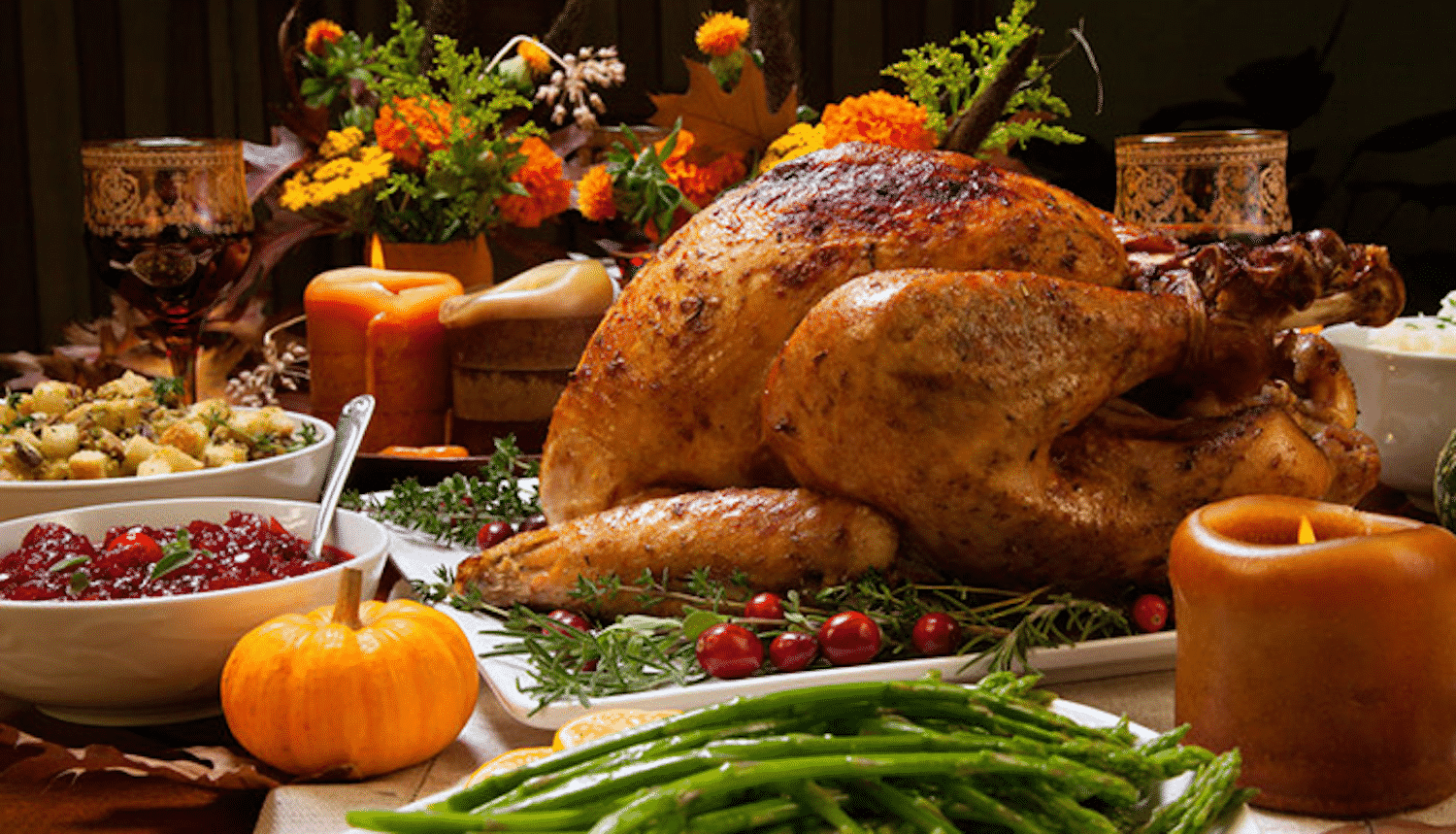Dough Bowl DIY
RH Business Marketing Solutions
Most certainly you’ve heard of dough bowls by now, they’re becoming more and more of a trendy masterpiece you can throw together and throw in any room of the house for decoration. If you have not heard of dough bowls, you’re missing out! Dough bowls were used for, you guessed it, kneading dough to make bread. They are still used for that by many people, however, many people have taken antique dough bowls and created beautiful centerpieces with them. They come in all different shapes and sizes, lots of different colors, and can be changed for every season or occasion.
There are numerous ways you can style a dough bowl, and you can add whatever you like that fits your own home decor. Changing it is super easy too! Here are some things you can add to your own dough bowl to make it pop!
Add some greens!
A good idea to start your dough bowl is to add stuff as a filler. The perfect filler, depending on the style or season, is to add some greens! Real leaves, faux leaves, even flowers work by adding a base layer to your bowl so you can start adding into it and making it pop with all types of textures. Although you can get a dough bowl of any color, the most popular ones are wooden brown or white, and the green against the wooden brown or white is beautiful!
Add fruits and/or vegetables!
Using fresh fruits and vegetables can help you set the mood for the season or holiday you’re decorating for. During Christmas time, you can fill it with pomegranates, in the Fall time, pumpkins and gourds. They don’t have to be real, but odds are if they’re in season you’ll probably have some laying around the house, why not put them to good use in the bowl!
Add candles!
This idea you have to be careful about, placement is key. You want to make sure your dough bowl is out of reach of anything flammable and the stuff in the bowl around it are not too close to the candle. Adding candles is a great way to make the centerpiece practical because it brings more beauty to the centerpiece, and also can fill your home with a pleasant scent, depending on what type of candle you choose! Another alternative is to buy fake candles if you’re worried about anything catching on fire. You can still achieve the same look! Different sized candles would add variety and texture into your bowl for sure.
There is no right or wrong way to style a dough bowl, and the opportunities are endless when it comes to decorating. Find a style you like and roll with it!
Guest Contributor: Tiffany Powell












